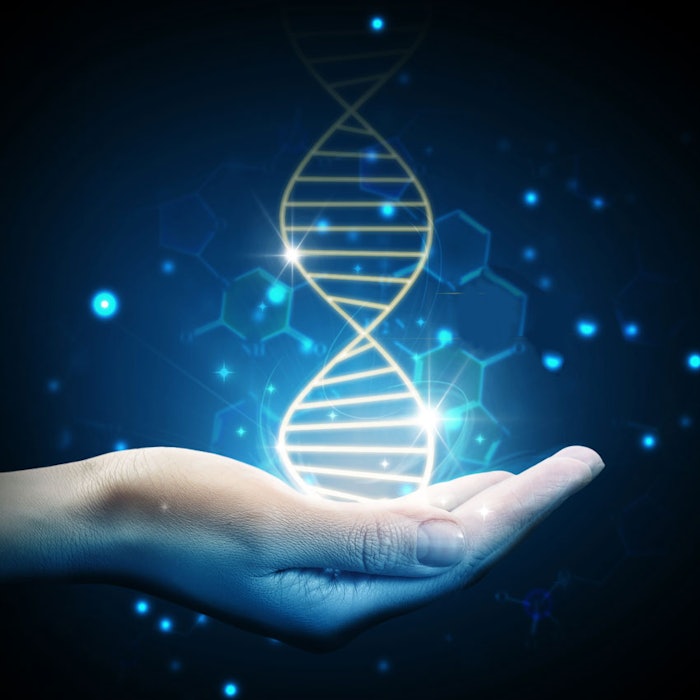
According to research from the University of Texas at Austin, newly developed synthetic chemical amplifiers and a chemical oscillator have the potential to embed sophisticated circuit computation within molecular systems for health care, advanced materials and nanotechnology. Could personal care be next?
Chemical oscillators have long been studied by engineers and scientists, as they control the human circadian rhythm. But in a study published in Science, David Soloveichik, assistant professor in the Cockrell School’s Department of Electrical and Computer Engineering; Niranjan Srinivas, a graduate student at the California Institute of Technology; and co-authors explained how they successfully developed a reported first-ever chemical oscillator that uses DNA components—i.e., no proteins, enzymes or other cellular components. This demonstrates that DNA alone can be much more than a passive molecule.
“DNA can be used in a much more active manner,” said Soloveichik. “We can actually make it dance—with a rhythm, if you will.
The study's authors note the synthetic oscillator could, one day, be used in synthetic biology or completely artificial cells to ensure certain processes happen in order. Could this mean ensuring youthful cells continue humming along?
Furthermore, oscillation is just one example of sophisticated molecular behavior. Depending on how a molecular machine is programmed, different behaviors could be generated; such as for communication and signal processing, problem-solving and decision-making, control of motion, etc.—the kind of circuit computation generally attributed only to electronic circuits, the authors note.










